What Does Toyota Want With a Legged-Robot Company?

You’ve probably seen one of its videos on YouTube. Its creations are nightmare fuel, mixed with a sense of wonder and intrigue. And for one particular automaker, its robotic inventions seem worthy enough to trigger the purchase of a whole company.
It is Boston Dynamics — a company born from the MIT leg lab that’s been developing quadrupedal and bipedal robots since 1992. And Toyota is heavily rumored to be purchasing the company from Google, according to Tech Insider.
Which begs the question: what does a car manufacturer want with a legged-robot company?
In order to understand the weirdness of this deal, one must understand the tenuous relationship between Boston Dynamics and its current parent company Google, or Alphabet Inc.
From Bloomberg:
Google acquired Boston Dynamics in late 2013 as part of a spree of acquisitions in the field of robotics. The deals were spearheaded by Andy Rubin, former chief of the Android division, and brought about 300 robotics engineers into Google. Rubin left the company in October 2014. Over the following year, the robot initiative, dubbed Replicant, was plagued by leadership changes, failures to collaborate between companies and an unsuccessful effort to recruit a new leader.
At the heart of Replicant’s trouble, said a person familiar with the group, was a reluctance by Boston Dynamics executives to work with Google’s other robot engineers in California and Tokyo and the unit’s failure to come up with products that could be released in the near term.
So it was reluctance on behalf of Boston Dynamics, reports Bloomberg, that sealed its fate at Google, but the latest report from Tech Insider sheds some light on why BD executives pushed back:
Tech Insider spoke to two former employees who said Google was pushing for a commercial robot that could help out around the house or office by 2020. It’s not too clear what exactly Google wanted the robot to do, but it would be comfortable around humans and easy to use for basic day-to-day tasks.
One of the people said Google wanted a robot that, like many of its products, was simplistic and easy to use. One way of executing that would be having it roam around on wheels.
Considering Boston Dynamics was born out of the MIT Leg Lab, asking employees to stop pursuing robotic leg research was just one of many requests that rubbed people the wrong way, the person said.
Emphasis mine.
Now, as a deal between Toyota and Google for the purchase of Boston Dynamics comes to a close — the “ink is nearly dry,” a source said to Tech Insider — the question above remains: what does Toyota want with a legged-robot company, especially when the Toyota Research Institute is, essentially, a wheeled-robot company?
There are many applications for legged robots at an automaker that don’t include consumer-oriented transportation. For starters, legged robots could be used in automotive plants in areas that have a high risk of injury. Or they could be used simply to replace expensive laborers.
Regardless of the reasons behind the deal, the founder and CEO of Boston Dynamics, Marc Raibert, will likely be welcomed with open arms (or legs?) by Toyota Research Institute’s CEO Gill Pratt. The two worked with each other at the MIT leg lab. When Raibert left the lab to found Boston Dynamics, Pratt took over where Raibert left off.
And maybe that’s the real reason behind the deal — bringing the men back together to collaborate on robot research.
After all, that’s all Raibert wanted to do at Boston Dynamics, but Google wanted a commercial product ready for private homes in five years.
Under Toyota, with $1 billion of funding for TRI over the next 10 five years, there will be no pressure to bring anything to mass market in such a short time.

More by Mark Stevenson
Latest Car Reviews
Read moreLatest Product Reviews
Read moreRecent Comments
- Teddyc73 Oh look dull grey with black wheels. How original.
- Teddyc73 "Matte paint looks good on this car." No it doesn't. It doesn't look good on any car. From the Nissan Versa I rented all the up to this monstrosity. This paint trend needs to die before out roads are awash with grey vehicles with black wheels. Why are people such lemmings lacking in individuality? Come on people, embrace color.
- Flashindapan Will I miss the Malibu, no. Will I miss one less midsize sedan that’s comfortable, reliable and reasonably priced, yes.
- Theflyersfan I used to love the 7-series. One of those aspirational luxury cars. And then I parked right next to one of the new ones just over the weekend. And that love went away. Honestly, if this is what the Chinese market thinks is luxury, let them have it. Because, and I'll be reserved here, this is one butt-ugly, mutha f'n, unholy trainwreck of a design. There has to be an excellent car under all of the grotesque and overdone bodywork. What were they thinking? Luxury is a feeling. It's the soft leather seats. It's the solid door thunk. It's groundbreaking engineering (that hopefully holds up.) It's a presence that oozes "I have arrived," not screaming "LOOK AT ME EVERYONE!!!" The latter is the yahoo who just won $1,000,000 off of a scratch-off and blows it on extra chrome and a dozen light bars on a new F150. It isn't six feet of screens, a dozen suspension settings that don't feel right, and no steering feel. It also isn't a design that is going to be so dated looking in five years that no one is going to want to touch it. Didn't BMW learn anything from the Bangle-butt backlash of 2002?
- Theflyersfan Honda, Toyota, Nissan, Hyundai, and Kia still don't seem to have a problem moving sedans off of the lot. I also see more than a few new 3-series, C-classes and A4s as well showing the Germans can sell the expensive ones. Sales might be down compared to 10-15 years ago, but hundreds of thousands of sales in the US alone isn't anything to sneeze at. What we've had is the thinning of the herd. The crap sedans have exited stage left. And GM has let the Malibu sit and rot on the vine for so long that this was bound to happen. And it bears repeating - auto trends go in cycles. Many times the cars purchased by the next generation aren't the ones their parents and grandparents bought. Who's to say that in 10 years, CUVs are going to be seen at that generation's minivans and no one wants to touch them? The Japanese and Koreans will welcome those buyers back to their full lineups while GM, Ford, and whatever remains of what was Chrysler/Dodge will be back in front of Congress pleading poverty.



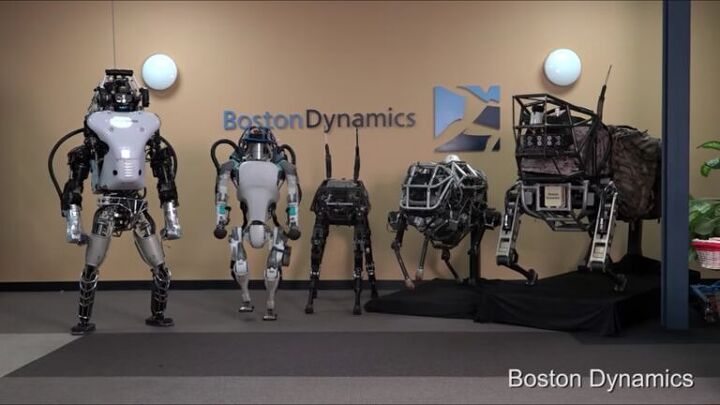

















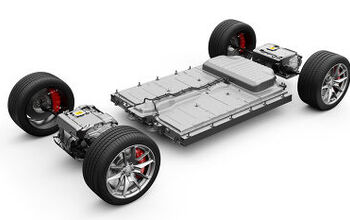
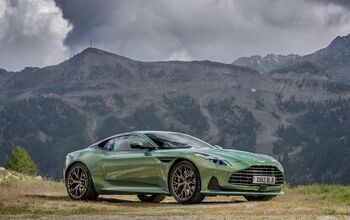

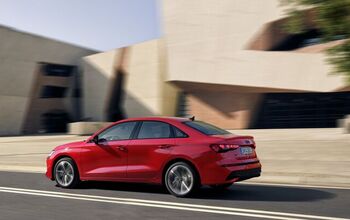
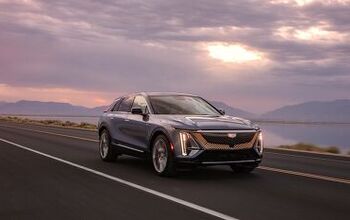
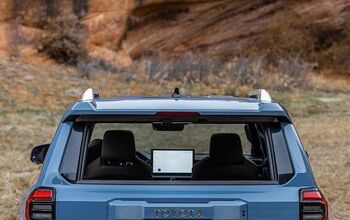
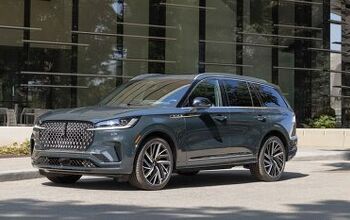

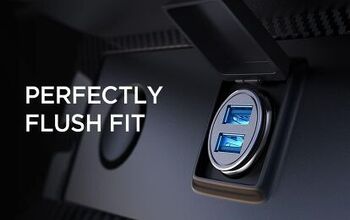
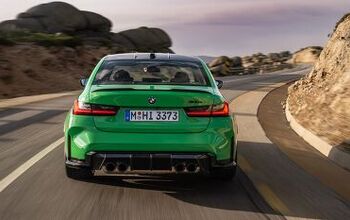
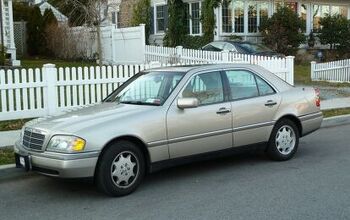

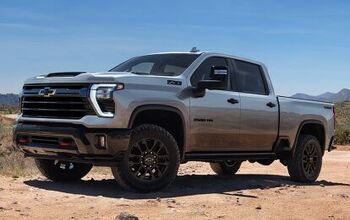
Comments
Join the conversation
The first thing I thought of is that it's the cast of the third reboot of BBC's TopGear. Since they're Three Laws safe, you'll never have to worry about one of them slapping a production assistant when the 3-in-One oil doesn't arrive on time.
Why wouldn't Toyota want it? For a brief spell I worked at a materials distributor for investor owned utilities. After watching the video above the first time I could think of 7, maybe 10, positions at that branch that robot could replace given another one or two generations. Aside from industrial equipment sales Toyota could use robots like these within their own operations.